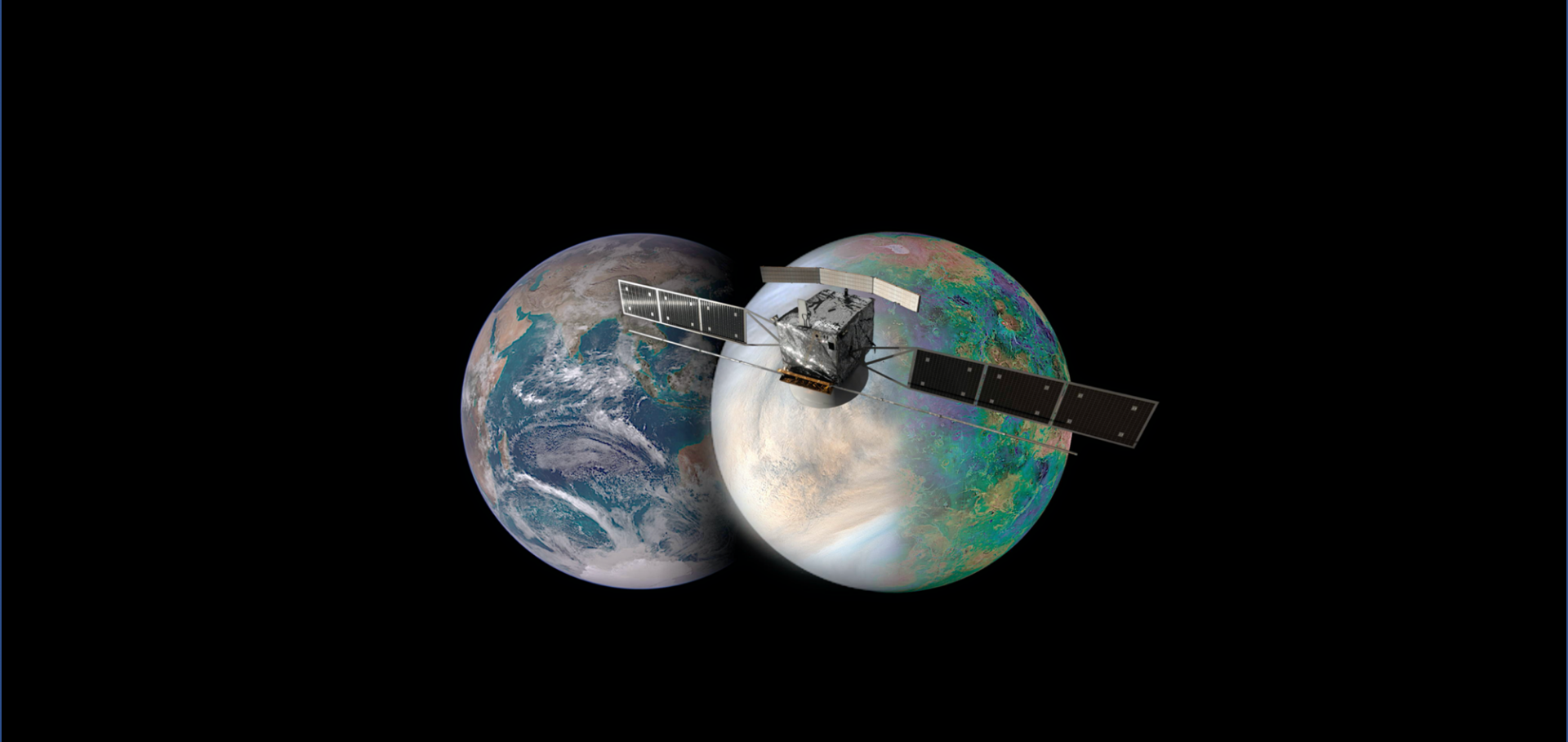Venus: Evolution Through Time – Editorial
Space Science Reviews Springer Nature 220:4 (2024) 39
Isotopic composition of water vapour in the Martian atmosphere: vertical profiles from ACS MIR on ExoMars TGO
Copernicus Publications (2024)
Modelling the in situ solar and thermal radiation environment for future entry probe missions to Venus
Copernicus Publications (2024)
Possible Effects of Volcanic Eruptions on the Modern Atmosphere of Venus
Space Science Reviews Springer Nature 220:3 (2024) 31
Development and Testing of the Dragonfly Geophysics and Meteorology (DraGMet) WIND Sensor
Institute of Electrical and Electronics Engineers (IEEE) 00 (2024) 1-12


